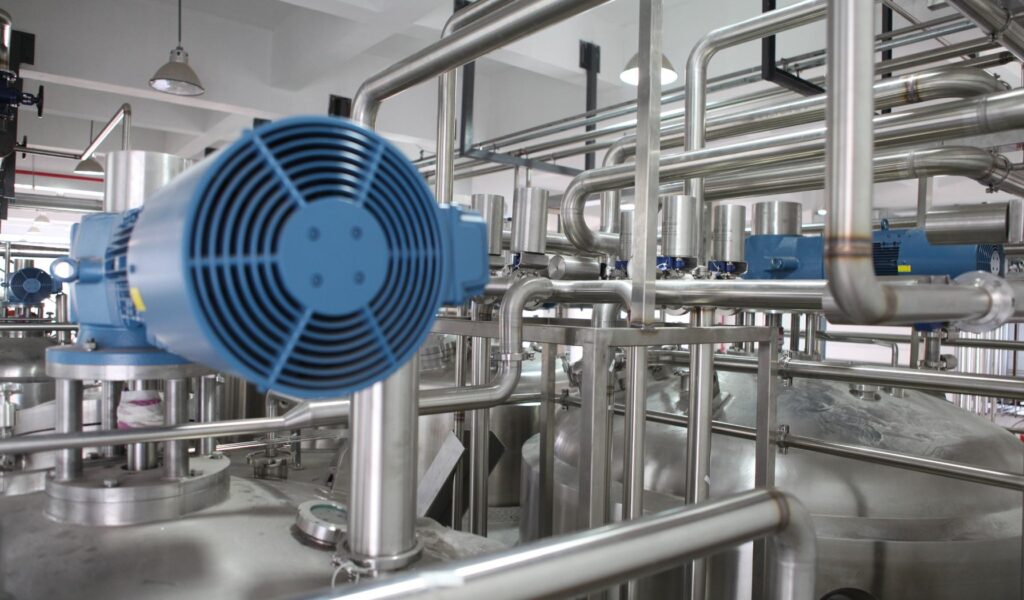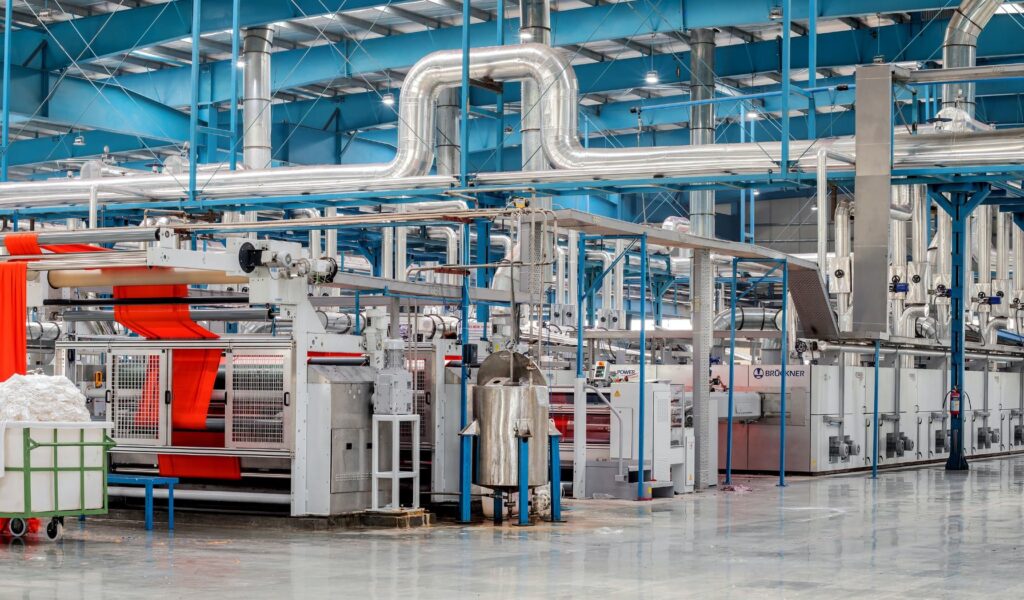By Morten Suhr Hansen
In 1962, Rolls-Royce launched a completely new business model that would set a new standard for a growing market. You probably know Rolls-Royce best as a manufacturer of some of the world’s finest and most exclusive luxury cars, but in fact, Rolls-Royce is also among the world’s leading producers of aircraft engines. And it was precisely in 1962 that they decided to offer their aircraft engines on a subscription basis!
Under the trademarked and easily understandable name ‘Power-by-the-hour,’ Rolls-Royce offered its customers, aircraft manufacturers, and airlines a model where customers do not pay for the engine itself, but instead pay a fee for each hour the engine is in operation. In other words, it is a usage-based model that covers all costs, including engine rental, service, maintenance, and spare parts.

The model has been an undeniable success for Rolls-Royce and its customers, and it is easy to understand why. The model ensures that both the customer and the supplier have fully aligned interests. If the engine functions and operates as efficiently as possible, the customer can keep their aircraft in the air. And only when the aircraft are in the air does Rolls-Royce make money.
In other words, Rolls-Royce is no longer selling a product (the engine) but rather the outcome (performance) that the product provides. Thus, the case serves as a prime example of what drives the subscription model: a shift from selling products to delivering outcomes.
Equipment-as-a-Service models are growing
We often refer to models where a company offers its physical products in a rental-like subscription model as “Product-as-a-Service,” and we encounter them in both the B2C and B2B sectors. However, a particular subsegment focuses on cases where larger production assets are made available in an “as-a-Service” model, similar to what Rolls-Royce does with their aircraft engines. In this context, we often refer to the category as “Equipment-as-a-Service” (EaaS).
Rolls-Royce is certainly not alone in this market. In fact, Equipment-as-a-Service (EaaS) is a rapidly growing trend, as revealed by a recent study conducted in Germany by software company Relayr. The study involved analyzing 200 of the largest industrial companies in the German market. It found that 11% of these companies already offer EaaS solutions to their customers, while an additional 25% are considering launching such a model in the near future.
Equally interesting is the fact that 61% of those who have implemented an EaaS model have experienced increased revenue and strengthened relationships with their customers. I will touch upon the latter point in a moment.
Grundfos og Heidelberg among the frontrunners
With the aforementioned figures in mind, it is not surprising that we are already witnessing several new and not-so-new successful examples.
At Subscrybe, we have assisted the Danish pump giant Grundfos in the development of what they call “Cooling-as-a-Service.” Grundfos is also among the world’s leading providers of cooling systems for major customers such as shopping centers, hotels, and manufacturing facilities. Here, customers have a complete system installed and pay periodically based on the savings achieved by Grundfos’ system compared to the old installation.

Another excellent example to study is Heidelberg, a German company that is among the world’s leading manufacturers of printing machines. Heidelberg has largely stopped selling their equipment in the traditional manner in favor of a subscription model, where customers pay based on the usage running through the machines, much like Rolls-Royce.
Many other examples could be highlighted, and more will emerge in the coming years. However, this new business model also presents entirely new demands on the offering company.
Building a strong relationship with customers is both an opportunity and a challenge.
As mentioned above, companies that have already embraced EaaS emphasize that the model can be a clear driver for strengthening relationships with their customers. With this model, companies are suddenly in an ongoing relationship with their customers. Payments are made periodically, and it requires substantial effort for the company to maintain continuous dialogue with its customers, ensuring they constantly derive optimal value from the equipment and actively seeking new ways to strengthen the relationship and improve the product.

Suddenly, it is the service, rather than the product itself, that takes center stage. And this places entirely new demands on companies that embark on the subscription path.
Other aspects that companies need to focus on include the financing aspect and a changed cash flow picture, the risk of fraud, entirely new requirements for customization of solutions, and an IT platform that may not support the new business model.
Not surprisingly, a lack of knowledge and expertise in operating an ‘as-a-Service’ model is one of the biggest challenges in getting started with innovation.
Fortunately, I know someone who are willing to assist in that process!

